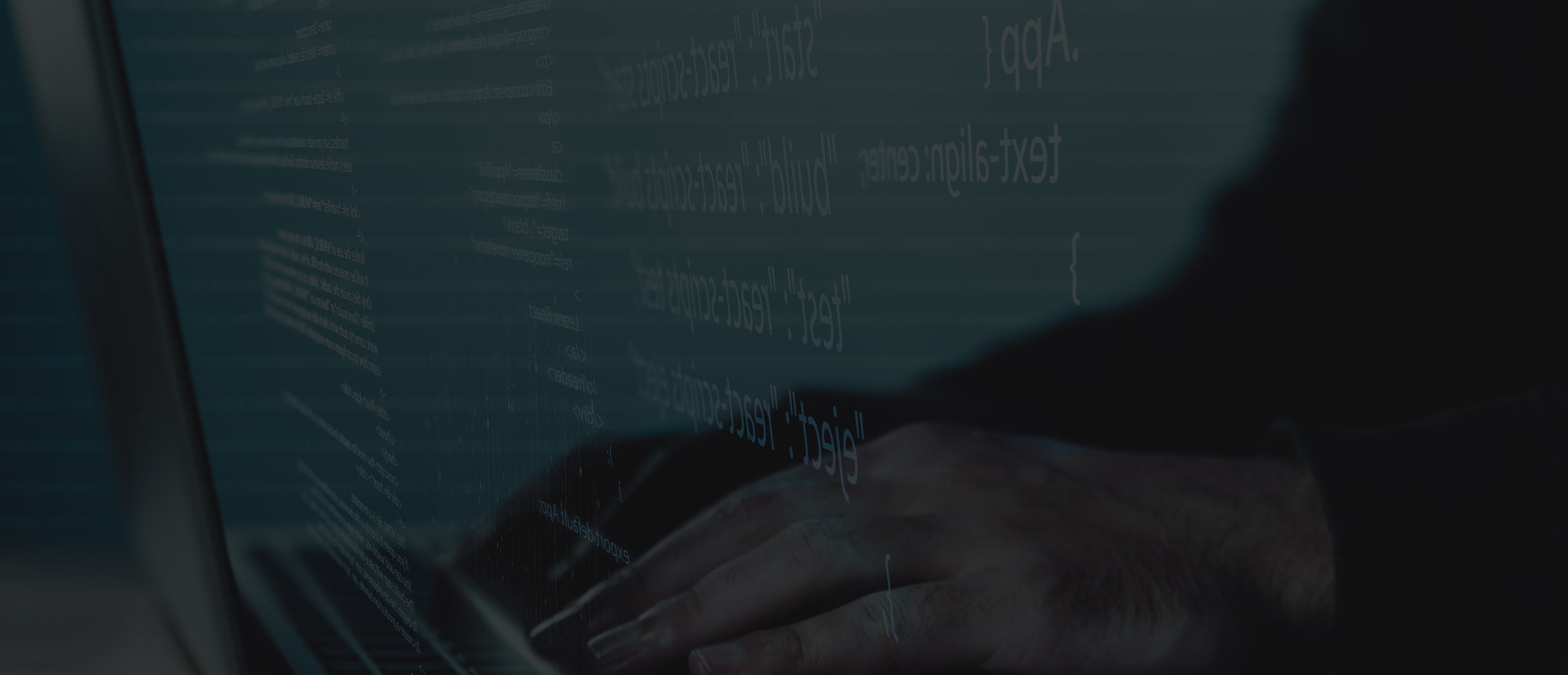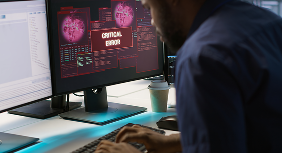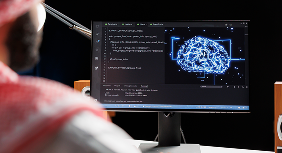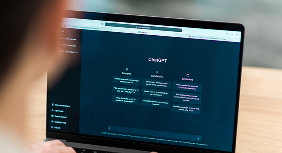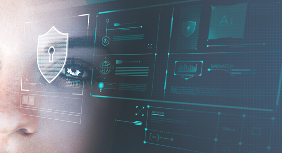Introduction
The aim is straightforward: catch the dangers before they catch you. A review of a security code transcends syntax and logic analysis. It looks at how the code responds to real-world attack scenarios and ensures that developers haven't inadvertently left the door open for threats such as injection, cross-site scripting, or incorrect authentication.
Start With Clear Guidelines
Security audits do not function optimally without guidance. You must establish what you are searching for. Having a checklist based on secure coding guidelines provides your team with a set of guidelines to adhere to.
Take this chance to get your team in sync. Regardless of whether the reviewers are the developers themselves or special security engineers, they need to have a grasp of what the application is supposed to accomplish, what information it deals with, and where the sensitive areas are. Context is the precursor to a useful review.
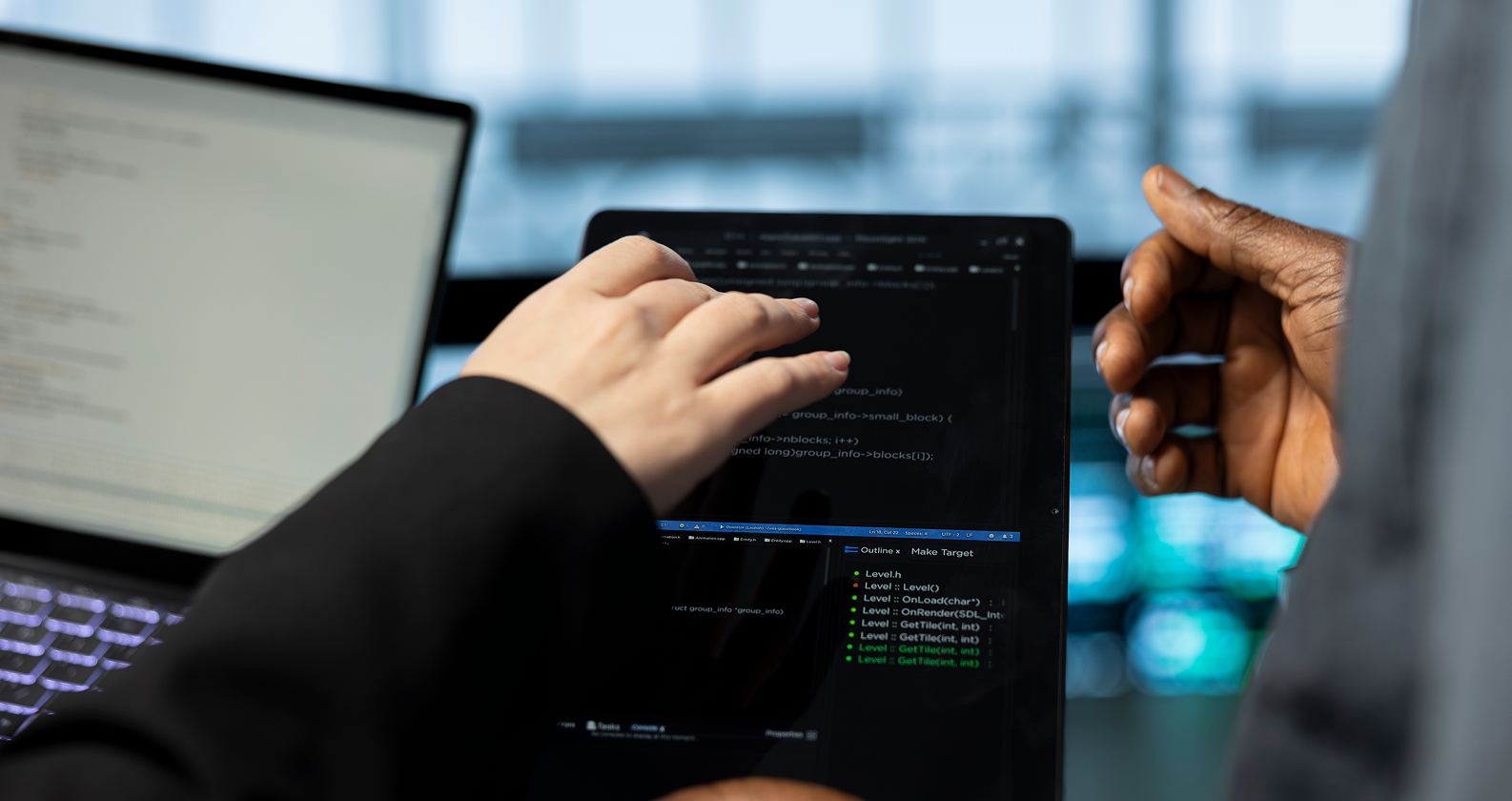
Look for Known Vulnerability Patterns
Many security risks follow familiar patterns. Instead of just scanning code line by line, think like an attacker. How could someone misuse this function? Is anything stopping them?
Reviewers should be on the lookout for:
Unvalidated or unescaped user input
Hardcoded credentials or insecure secrets
Unchecked access control or broken session logic
Misconfigured error handling that leaks system details
These patterns tend to repeat themselves across many applications, so learning to spot them quickly becomes a valuable skill.
Use Automated Tools but Don’t Rely on Them Alone
Automated static analysis tools can help surface potential flaws, but they don’t always understand context. They catch obvious things, like unsafe functions or deprecated libraries, but they also produce false positives. Human insight is still essential to assess what really matters.
Involve Security Experts Early
Engaging security experts right at the beginning of the development process is one of the best methods to improve your code review process. If security engineers work with developers early on, the weaknesses can be identified when they are at the nascent stage and not deep-seated issues. This also closes the gap between security implementation and code design, so both stay in harmony.
Daily walkthroughs with security professionals enable your team to question, dispute assumptions, and learn what attackers actually seek. The outcome is more intelligent code, improved architecture choices, and less last-minute surprise at the end security review.
Don’t Ignore Small Issues
In secure software development, little mistakes can have big payoffs. A small misconfiguration or an omitted validation step may not raise alarms today, but tomorrow it will be a serious vulnerability. When performing security code reviews, one should not write off little issues as innocuous or low priority.
Frequently, attackers seek out these very same gaps to use laterally into larger breaches. Educate your team to address every anomaly as a learning experience. Addressing small issues early not only maintains the codebase in a cleaner state but also instills a culture of attention and care that serves the entire development process.
Focus on Sensitive Areas
Some parts of the code demand more attention than others. Anything that manages user sessions, stores personal data, or integrates with third-party services should be reviewed closely. These areas are often the first places attackers target, so they must be airtight.
Security reviewers should also pay special attention to third-party libraries and APIs. Even if your internal code is clean, weak points can be introduced through external dependencies. Regularly updating these components and verifying their trustworthiness can significantly improve the overall security posture.
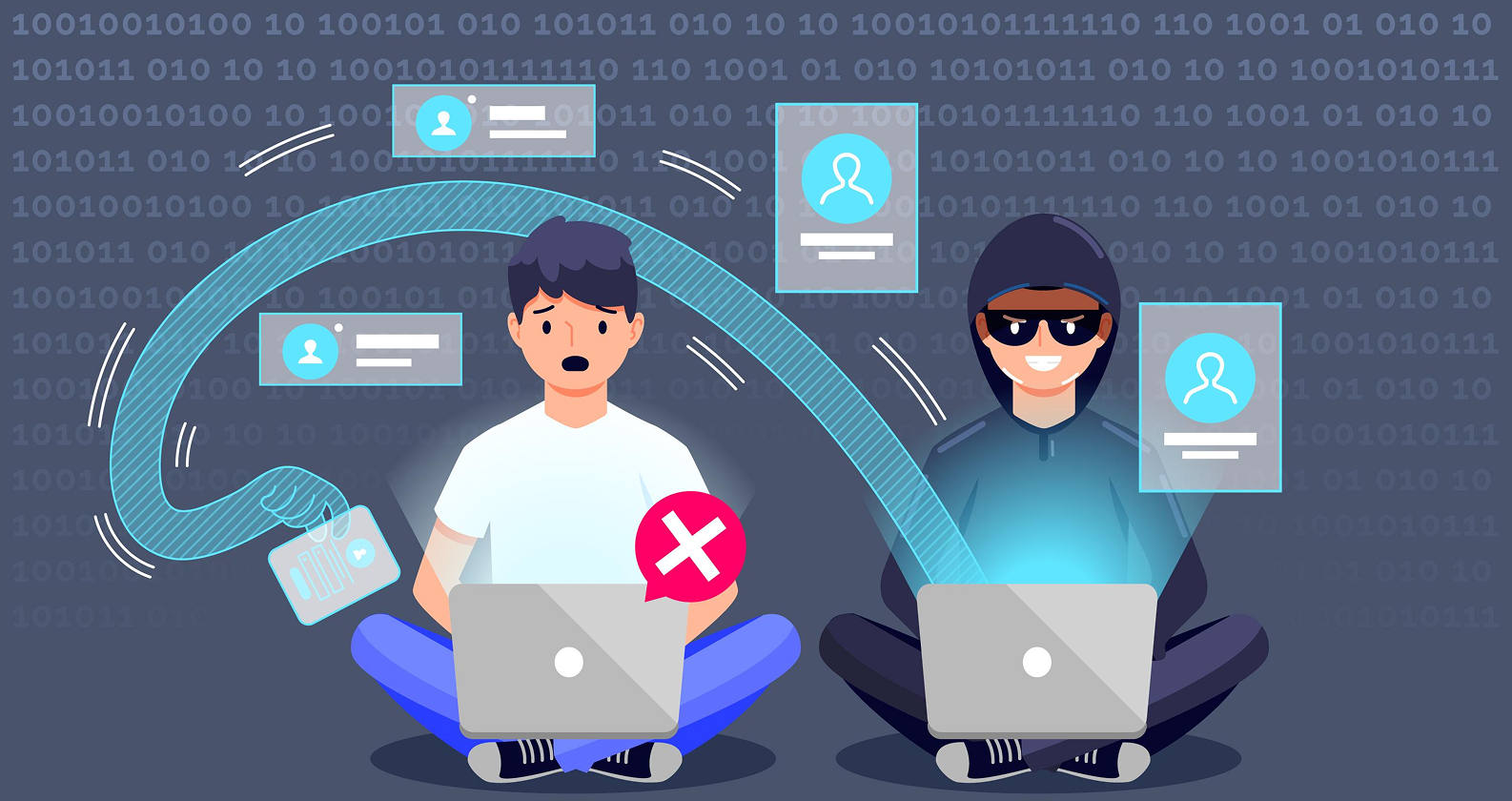
Document and Learn
A security code review is not just about finding and fixing. It’s also about learning. Write down what was discovered, what got resolved, and what might need future attention.
Keep track of:
Areas that frequently cause issues
New secure coding practices adopted
Team insights or recommendations
Gaps that need further discussion or training
These notes help raise the overall maturity of your secure software development process and can shape future training or tooling decisions.
Encourage Collaboration
Security reviews work best when developers see them as shared problem-solving instead of criticism. A respectful, team-first mindset turns every review into a learning experience. Over time, this collaborative approach builds a stronger security culture within your development team.
When security is seen as a shared responsibility, developers are more likely to ask questions, suggest improvements, and stay updated on best practices. This sense of ownership drives better habits, reduces repeated mistakes, and promotes long-term security awareness.
Make It a Habit
The biggest mistake is treating security like an occasional concern. Code reviews should be integrated into every sprint, pull request, and release. The more routine they become, the easier it is to spot issues early and release with confidence.
Final Thoughts
Secure software development is a journey that benefits from consistent effort and awareness. Code reviews give teams the power to discover vulnerabilities early, improve their coding practices, and strengthen user trust. When security becomes second nature, your software doesn’t just function. It endures.
